Two evenings in Derry
- Fiona
- Aug 7, 2020
- 7 min read
Updated: Oct 28, 2020
A Peace Bridge - a Walled City - Murals and a Memorial in Bogside
Two evenings in Derry meant that we were able to explore...
1. The Peace Bridge
A cycle and pedestrian bridge over the River Foyle - The Peace Bridge -
The symbolism of its structure is superb - the two structural arms heading in opposite directions, symbolise the unification of both communities from the opposite sides of the River Foyle, the Unionist Waterside and the Nationalist Bogside. These two opposed and independent arms of the bridge are now united in a symbolic handshake across the river.
Opened in 2011 the bridge curves across the river for 235 metres; It is approximately 4 metres wide and stretches from the Guild Hall in the city centre to Ebrington Square and St Columb’s Park on the far side of the River Foyle.
2. The Walled City
Derry is famous for its old intact city walls which surround the old city and are known as one of the best examples of a walled city in Europe. They were built during the period 1613-1618 by The Honourable The Irish Society (a consortium of livery companies based out of the City of London which incidentally, led to the renaming of the city to Londonderry in the 1613 royal charter; although the city name is can be either Derry or Londonderry depending on whether you are talking to a Catholic or Protestant) as defences for early seventeenth century settlers from England and Scotland. Its fortifications have never been breached; and it has withstood several sieges including one in 1689 which lasted 105 days. These unbreached walls have led to the city being informally known as 'The Maiden City'.
about the 1689 siege
'...the walls were mainly planned as a defence of the prosperous city against Irish raiders from Donegal. They are up to 26 feet high and up to 30 feet wide, enclosing the old merchant city. The walls earned their immortal place in Irish history through the defiance of Derry's Protestant apprentice boys, whose slamming of the gates in the face of an approaching Catholic army made the Walls of Derry an iconic emblem of Loyalism and Unionism’. https://www.tripsavvy.com/derry-city-walls-1541938 and http://news.bbc.co.uk/1/hi/uk/420061.stm
The Walls, are approximately 1.5 km in circumference and the ramparts form a unique promenade to view the layout of the original town and its Renaissance Style street plan. Within the old walled city are a number of Derry's most important landmarks including St Columb's Cathedral - the first ever purpose build Protestant Cathedral. There are seven gates in the walls, four of which were built at the same time as the walls themselves and three were added later.
We explored the walls and city via the Dry Moat Walk around the exterior of the monument; we then entered the city through the butchers gate (one of the original four gates and was named for the street immediately inside the walls where many of the city's butchers were based) and exited through Shipyard gate (also one of the original four gates and originally gave near direct access to the River Foyle, before the land that became the Guildhall was reclaimed from the River) which led us to the beautiful guildhall and the square in which it is sited.
Completed in 1890 (also funded by The Honourable The Irish Society) the Guildhall has a
Neo-Gothic architectural style and is built with red sandstone bricks. It has impressive stained glass windows (with many images including fishmongers and musicians); it houses the City’s Council’s chamber and the Mayor’s parlour and has a clock tower modelled on Big Ben. It is the anchor for the Guildhall Square.
During The Troubles, the Guildhall was the focus of multiple attacks. The building was badly damaged by two bombs in 1972, but was restored and reopened in 1977.
Images
1-7 The City Walls of Derry
8-11 The Guildhall and the Guildhall Square
3. "Free Derry"—the Bogside Murals, Memorials and IRA propaganda
Since the occupation and eventual partition of the island of Ireland in 1921, murals in Derry have been a combination of art, propaganda and an emotional outlet for its residents.
We spent one evening exploring Bogside and the large wall Murals and Memorials there; they bought back memories of the news items about the sectarian violence that we saw on television as we were growing up in Christchurch, New Zealand. It was unsettling to think that it had all happened in our lifetime.
The famous Bogside murals have become known as The People's Gallery and they tell the history of 'The Troubles’ focusing on
1. The 'Battle of the Bogside' (a 1969 riot between mostly Catholic residents and police drawn almost exclusively from Protestant and unionist backgrounds - for more info on this see https://www.culturenorthernireland.org/article/448/battle-of-the-bogside); and
2. The story of 'Bloody Sunday', the day in 1972 when the British army opened fire at a peaceful Civil Rights protest, shooting and mortally wounding 14 innocent civilians,
The events of Bloody Sunday are well known throughout the world through films and music, such as U2’s anti-war anthem “Sunday, Bloody Sunday which captured the raw emotion and feelings of many people in Ireland and the UK growing up in the early 1980s.” (words to the song are at the end of this post)
The murals were painted by a group called the Bogside Artists...
Tom Kelly, one of the Bogside artists who painted the mural in the early 1990s, says his image shows “a community standing up for basic civil and human rights”. It is not intended to be partisan, he says. “I don’t see it as violent or sinister.”
When it first went up, however, Kelly says it was heavily criticised in both the Times and the Irish Times for glorifying pre-teen violence. The Bogside murals have remained divisive ever since, not just among Protestants but among local Catholics and republicans who want to shake off the legacy of the past.
https://www.theguardian.com/cities/2019/aug/12/troubles-tourism-should-derry-be-celebrating-its-political-murals
And so although there is still evidence of community division in Derry, there are also attempts at unity and collaboration such as the Peace Bridge and its symbolism, and a new group of street artists that are using urban art to engage youth, support creative expression and challenge traditional preconceptions of space through graffiti, street art and modern mural arts ... and in the process are helping young people to cross political divides...
"time has moved on and we tell very different stories...We're a new wave of artists with a different upbringing and we understand our privilege of being able to be more adventurous...We have a unique tradition of mural arts in Northern Ireland - one of the oldest in the world - and we need to keep it... But it can't remain territorial...We’re constantly looking back and we can get dragged down by the past, so we'll continue to try and bring this tradition into what is now a warm and welcoming modern society."
(https://www.bbc.com/news/uk-northern-ireland-47736843) .
We also saw a lot of IRA propaganda – often very raw and at times having some quite scary messages such as 'salute the men and women of violence’ and a lot of the posters had images of soldiers with guns.
Images Below
1-3 A new type of Street Art in Derry
4 Current version of 'You are now entering Free Derry' - it is repained frequently. . This mural is painted on a now free-standing gable wall (the terrace houses that it was originally painted on have been demolished) and commemorates Free Derry, a self-declared autonomous nationalist area of Derry that existed between 1969 and 1972.
5 Memorial to those that lost their lives in Bloody Sunday
6 Bloody Sunday Commemoration (1997) memorialises the victims of Bloody Sunday
7 Petrol Bomber - Battle of the Bogside - a 20ft mural of a 12-year-old boy, wearing a gas mask and clutching a petrol bomb.
8 Annette McGavigan who was 14 years when she was killed on 6 September 1971. She was shot dead by a British soldier while standing on the street in which she lived. The mural is close to the site where she died. Entitled - The Death of Innocence – it represents the 3,000 lives lost during The Troubles.
9 Bloody Sunday - The mural shows a group men, led by a local Catholic priest (later to become Bishop Daly), carrying the body of Jack (Jackie) Duddy from the scene of the shooting. Depicted in the background are the marchers carrying a 'civil rights' banner. The same banner became bloodstained when used to cover the body of one of those killed.
10,11 the (2016) ‘mothers of the hunger strikers’ mural shows a girl pointing to the Peace mural.
12 The Civil Rights Mural - This mural commemorates the beginning of the struggle in Derry for democratic rights. It cannot be stressed too often that this struggle involved Protestants as well as Catholics. The 5th October 1968 march ended in bloodshed in Duke Street Derry when the Royal Ulster Constabulary (RUC) "ran amok beating protesters with all the hostility and abandon of a group of Stormtroopers." The mural shows a typical march of the period. The artist's intention was to describe it as, a happy, almost festive occasion, conducted by people who were content that they were standing up, at long last, against prolonged injustice. These early marches were inspired by the civil disobedience campaigns of Martin Luther King.
13 Bernadette - 'Battle of the Bogside' - The mural depicts Bernadette McAliskey (Devlin at the time) addressing the crowds on the streets of the Bogside. She later received a prison sentence for taking part in, and inciting, a riot.
14 'The Saturday Matinee' -The scene depicted is typical of many riots that happened in the Bogside from 1969 throught the early 1970s. The riots were commonplace with many happening on Saturday afternoons hence the title.
15 Nelson Mandela and IRA hunger striker Bobby Sands
16 The Runner - The mural depicts a very typical sight from the troubles. Tear gas was used extensively in riot situations. This image shows a young boy in full flight, seconds after a canister of CS gas has been fired.
17-25 A selection of some raw IRA propaganda taken in the Bogside
Sunday Bloody Sunday U2 Recorded in 1982
I can't believe the news today Oh, I can't close my eyes And make it go away How long? How long must we sing this song? How long, how long? 'Cause tonight, we can be as one Tonight
Broken bottles under children's feet Bodies strewn across the dead end street But I won't heed the battle call It puts my back up Puts my back up against the wall Sunday, Bloody Sunday Sunday, Bloody Sunday Sunday, Bloody Sunday, Sunday, Bloody Sunday (alright)
And the battle's just begun There's many lost, but tell me who has won The trench is dug within our hearts And mothers, children, brothers, sisters torn apart Sunday, Bloody Sunday Sunday, Bloody Sunday
How long? How long must we sing this song? How long, how long? 'Cause tonight, we can be as one Tonight, tonight Sunday, Bloody Sunday (Tonight, tonight) Sunday, Bloody Sunday (let's go)
Wipe the tears from your eyes Wipe your tears away Oh, wipe your tears away I'll, wipe your tears away (Sunday, Bloody Sunday) I'll, wipe your blood shot eyes (Sunday, Bloody Sunday) Sunday, Bloody Sunday (Sunday, Bloody Sunday) Sunday, Bloody Sunday (Sunday, Bloody Sunday)
And it's true we are immune When fact is fiction and TV reality And today the millions cry We eat and drink while tomorrow they die the real battle just begun (Sunday, Bloody Sunday) to claim the victory Jesus won On Sunday Bloody Sunday, yeah Sunday Bloody Sunday





























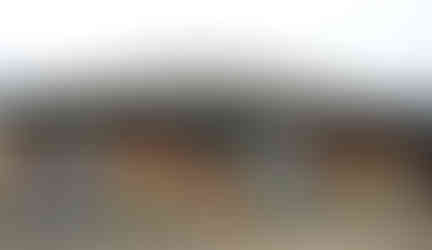



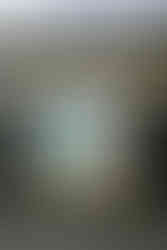

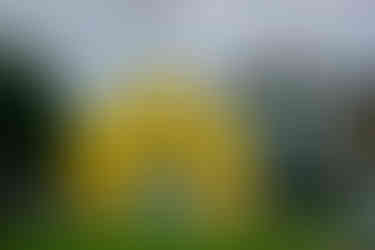



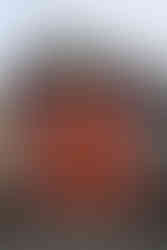

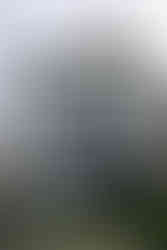

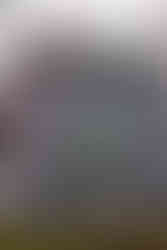

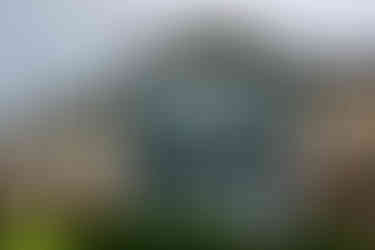

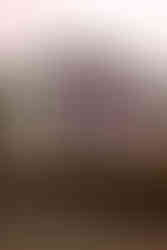

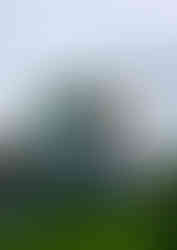

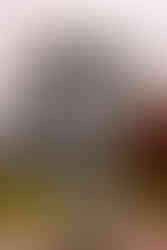

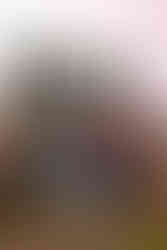

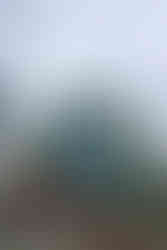

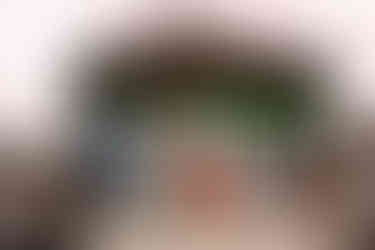

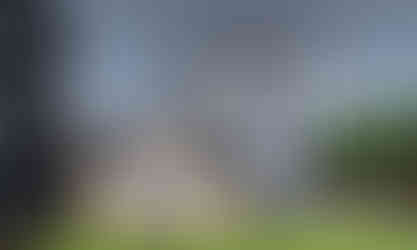

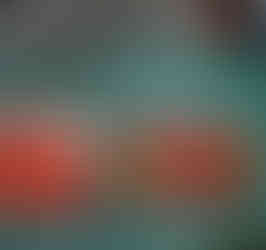

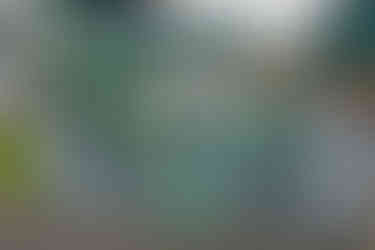

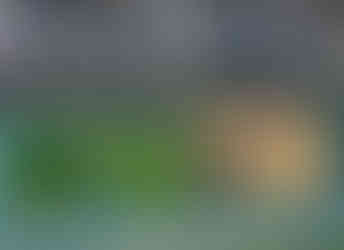

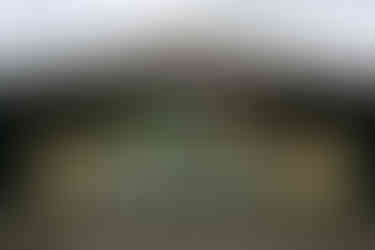

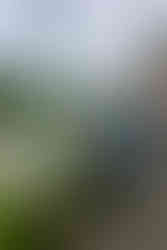

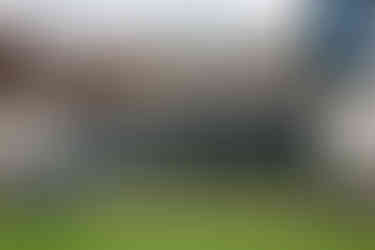

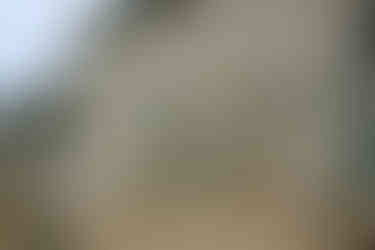



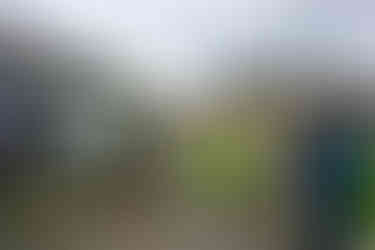




Comments